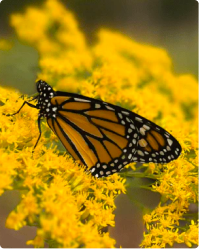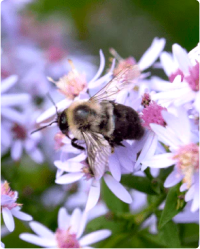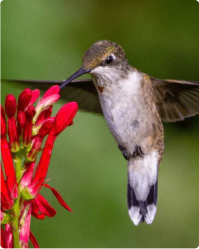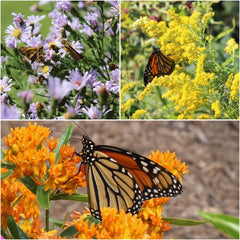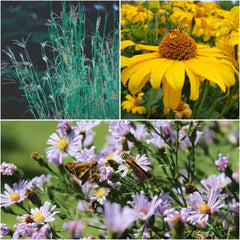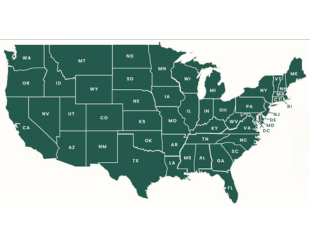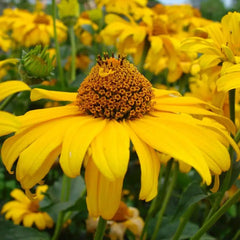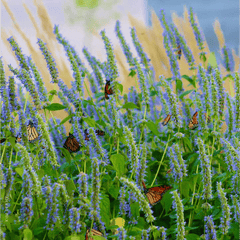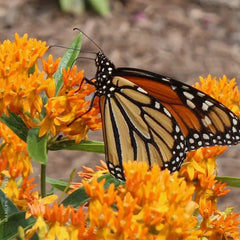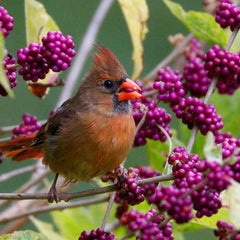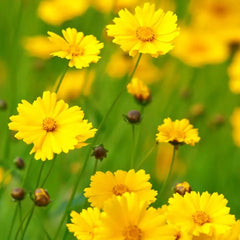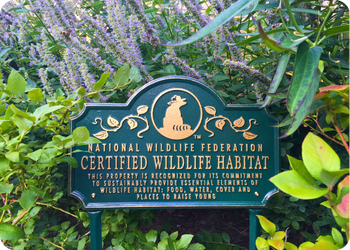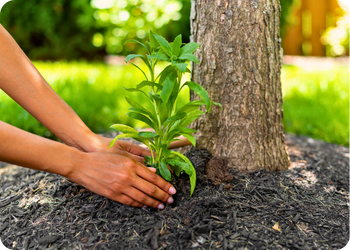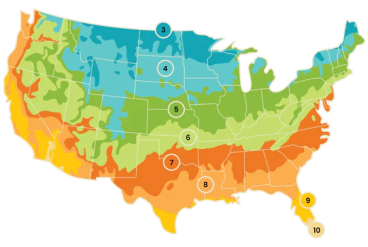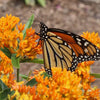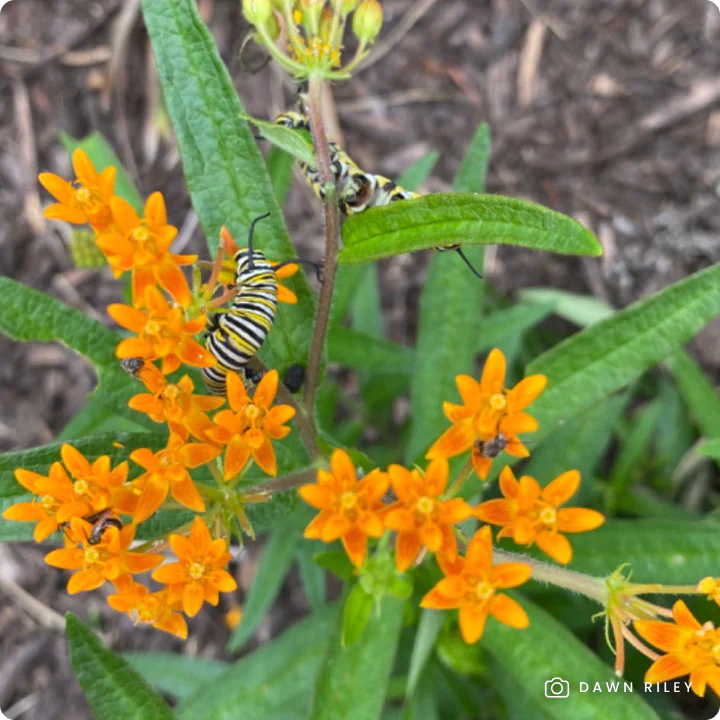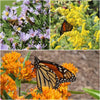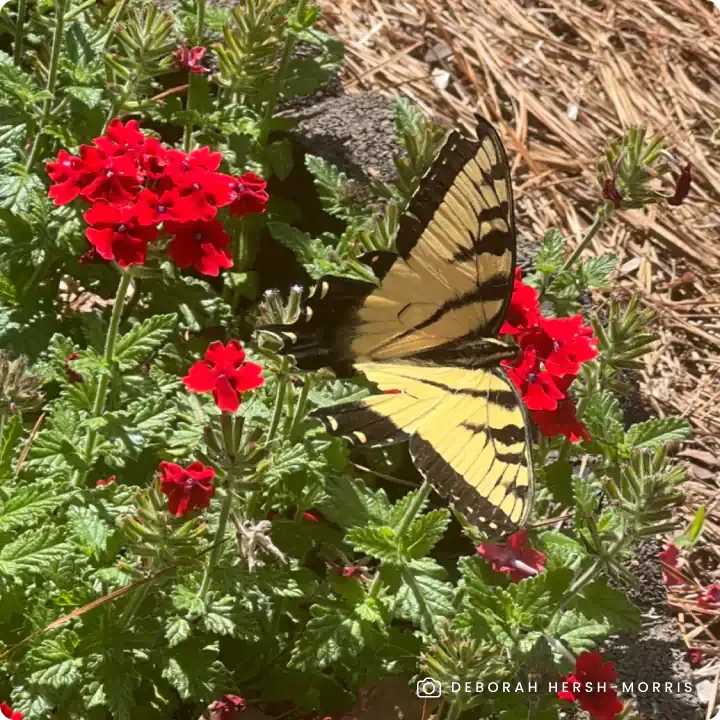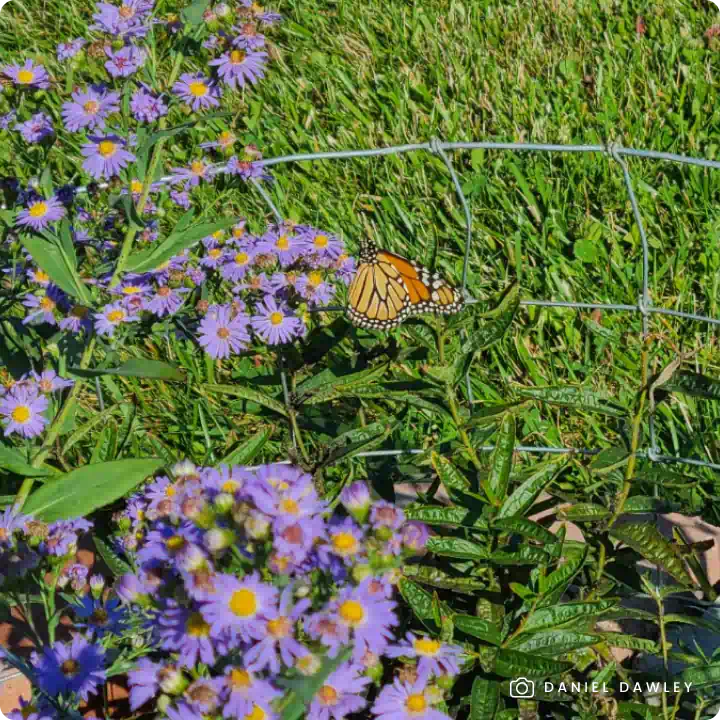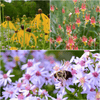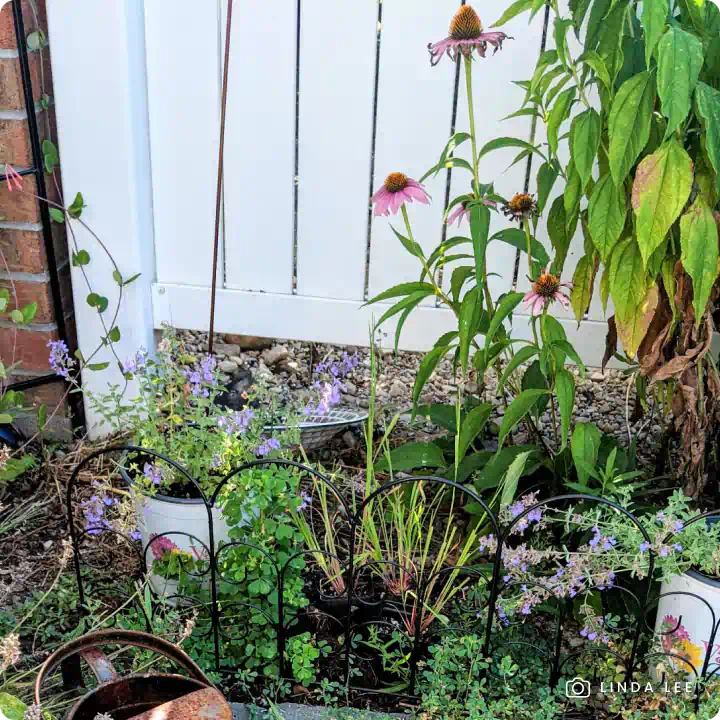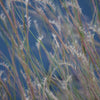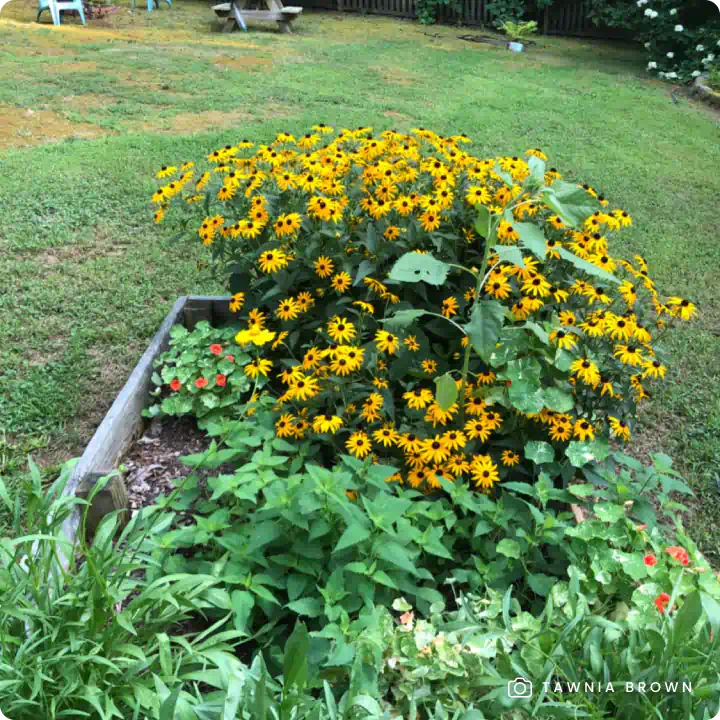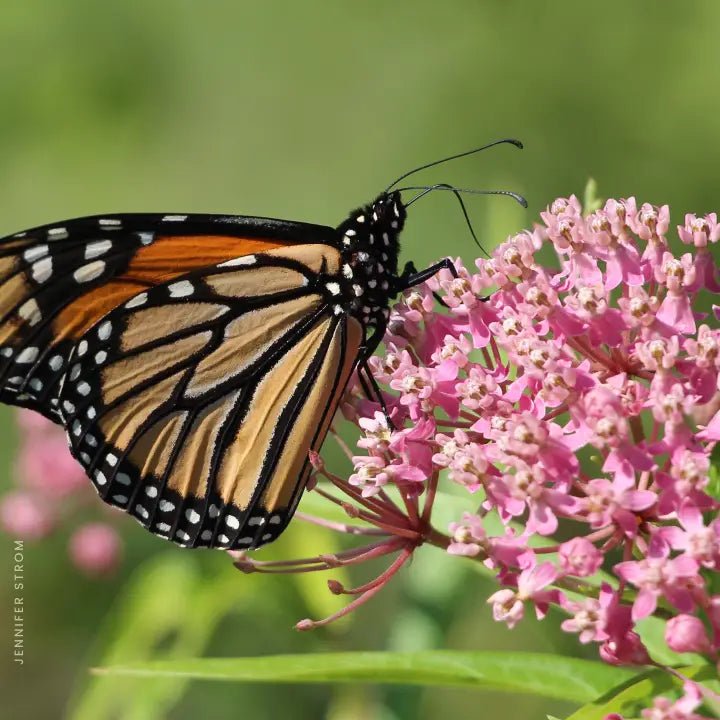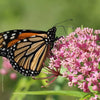Eastern Ninebark (Physocarpus opulifolius) is a resilient and adaptable deciduous shrub native to North America, prized for its striking peeling bark, clusters of delicate white to pinkish flowers in late spring, and vibrant foliage that changes with the seasons. Reaching heights of 5–9 feet with a spread of 4–6 feet, this versatile shrub is a favorite for native and wildlife gardens, offering both aesthetic and ecological benefits.
Key Features:
- Beautiful Blooms: Clusters of white to pinkish flowers bloom in late spring, attracting pollinators like bees and butterflies.
- Unique Bark: Peeling bark provides striking texture and visual interest, particularly in winter.
- Host Plant for Moths: Serves as a host plant for several moth species, including the dimorphic eulithis and white spring moth.
- Adaptable: Thrives in full sun to part shade and tolerates a variety of soil types, including clay and dry conditions.
- Hardy and Resilient: Tolerates drought and is effective for erosion control, making it a reliable choice for challenging landscapes.
- Eco-Friendly: Grown non-GMO and free of harmful neonicotinoids, promoting a healthy ecosystem for pollinators and wildlife.
Available in one gallon containers.
Why Choose Eastern Ninebark?
Eastern ninebark is more than just a beautiful shrub—it’s an ecological powerhouse. Its ability to adapt to various conditions, support pollinators, and provide year-round visual interest makes it a standout in any garden. Whether used as a focal point, a privacy screen, or for erosion control, this hardy plant enhances landscapes with minimal maintenance.
Planting Tips:
- Location: Plant in full sun to part shade with well-drained soil; tolerates clay and dry conditions.
- Watering: Water regularly during the first growing season to establish roots. Once established, it is drought-tolerant.
- Maintenance: Minimal care required. If desired, prune in late winter or early spring before new growth begins to shape the shrub and remove any dead or damaged branches.
For more information on planting, view our How to Plant Your Native Plants guide and other planting tips in the Garden for Wildlife Learning Center.
Transform your garden with the resilience and beauty of eastern ninebark. Its unique peeling bark, pollinator-friendly blooms, and adaptability make it a perfect choice for both functional and decorative landscapes.
